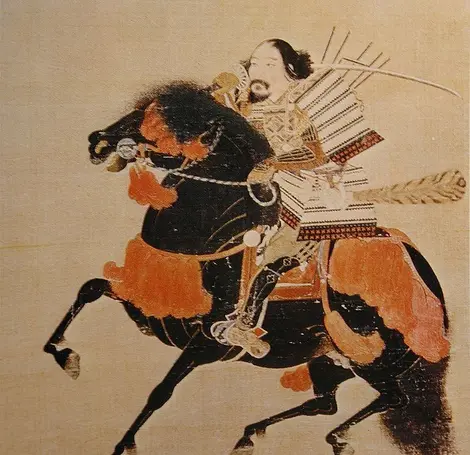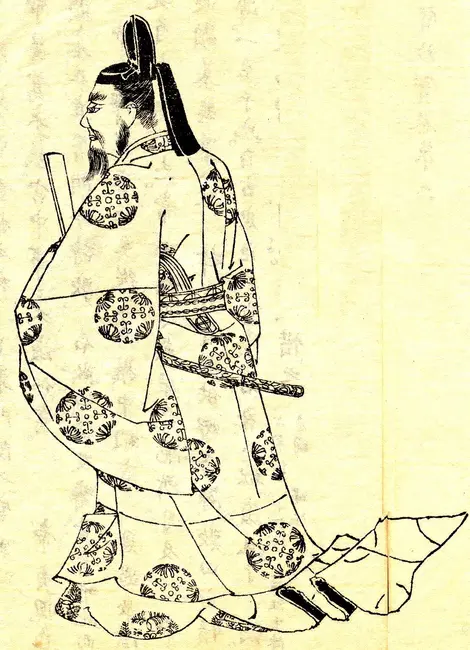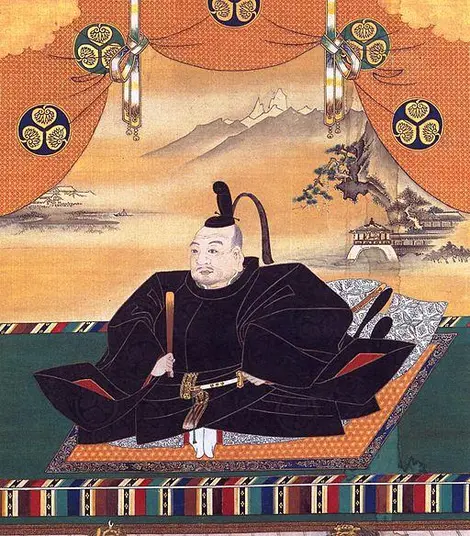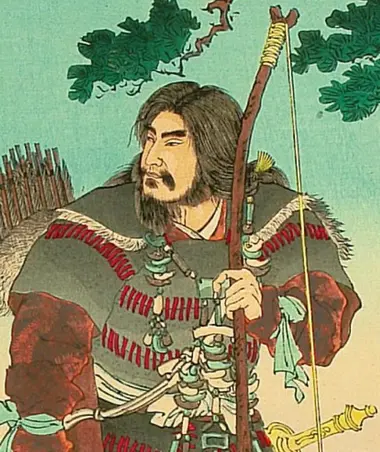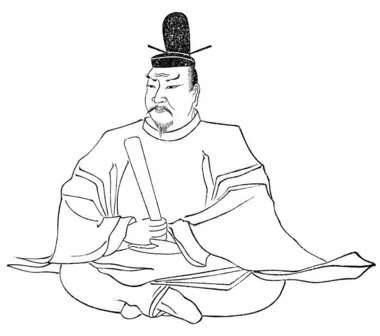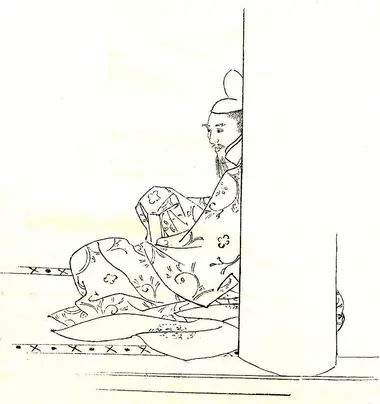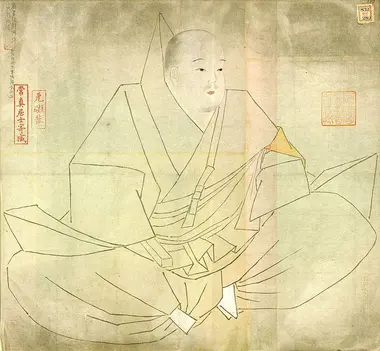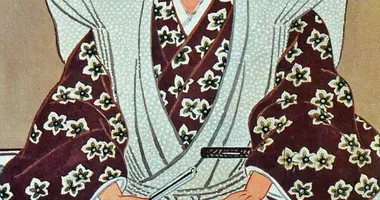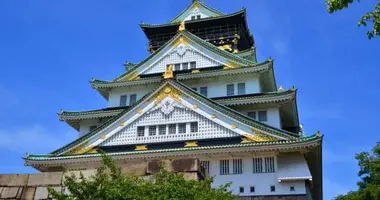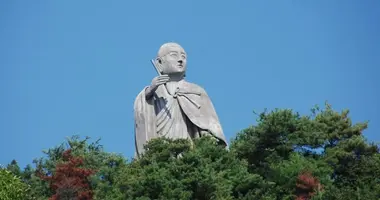Rulers in Japanese history
The names of great men
While an unprecedented imperial continuity has characterized Japan for at least 1,700 years, the country has known different forms of adequate power throughout its history, which are reflected in the diversity of titles that the rulers were able to assume at the time.
King, the first of titles
The first title ever worn by the rulers of Japan was that of "king." Several names accompany this title, such as that "Amenoshita shiroshimasu okimi" ("great king ruler under the sky") or "Yamatookimi," or "great king of Yamato" - Yamato being the primitive name of Japan -. The mythical kings carried this title from the founding ancestor Jinmu (-771 to - 660) and by the first kings for whom we have historical traces, from Ojin (210 - 310).
Tenno, or the Emperor
It was in the 7th century that, in imitation of the Chinese emperors, the kings of Japan took the title of "tennô, "literally "emperor of heaven." Temmu (631 - 686) is one of the first to bear this title. The emperors of Japan will go through eras and political changes, either as genuine leaders of the country or as symbolic heads of state and second place of power around which opponents will gravitate.
The Regents, Sesshô and Kanpaku
The Heian period (794 - 1185) saw the meteoric rise of the Fujiwara family, which rose to the top of power thanks to a strategy of matrimonial alliances with members of the imperial family. Little by little, they occupied decision-making positions, particularly that of regent. He took the title of "sesshô" ("regent") when the emperor was a minor, and, as a sign of the extraordinary power of this family, a title of regent for adult emperors was created from Fujiwara noMomotsune (836 - 891), the "kanpaku" or "grand rapporteur."
Emperor retired, preservation of power in the shadows.
It was very early customary in Japan for emperors to retire, surrender and, for some, continue to exercise power in their retirement. They were called "Ho-o" ("emperor-monk") or "Joko" ("emperor-retired") . This practice, existing since antiquity, became systematized from the emperor Shirakawa (1053 - 1129), the emperors retiring to escape the power of the Fujiwara regents, who ruled the country with the help of a court of aristocrats. It persisted until the advent of the Kamakura shogunate (1192).
Leshogun, political and military leader
Initially, the term shogun comes from the title of "seii taishogun" ("great general conquering the barbarians"), which was entrusted to the commanders in charge of the conquest of northern Honshû at the beginning of the Heian period. Once this mission was completed, the title fell into disuse until the rise of the samurai class during the Genpei War (1180 - 1185), during which the Minamoto clan seized power and installed the first military power in the history of Japan, the bakufu ("government under the tent"). Minamoto no Yoritomo (1147 - 1199) was granted the title of shogun in 1192 and created a form of government that lasted until the Meiji Restoration (1868).
Read also : Genji-yama kôen park





